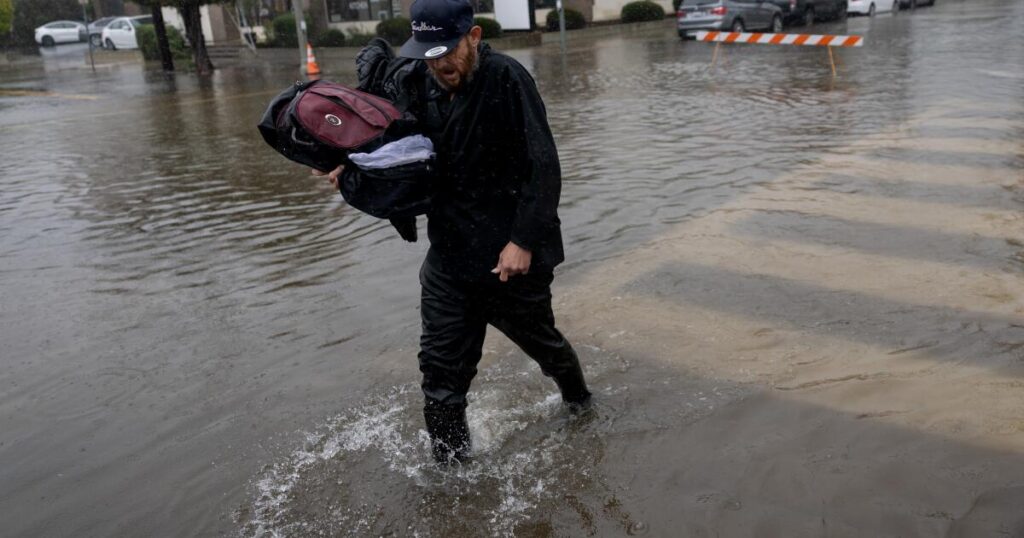The American neighborhoods with the highest risk of floods are again losing residents.
For the first time since 2019, high-risk counties lost domestic residents, with 30,000 more people relocating to other places in the country than moving in, according to a report from Redfin.
It’s a sharp reversal from the pandemic years, when remote workers flocked to coastal areas and Sun Belt cities. Some of those counties, however, still had a total increase in population as immigration from overseas remained strong.
The online real estate platform analyzed 310 high-flood-risk counties identified by First Street, a climate-risk modeling firm, and cross-referenced the data with U.S. Census Bureau population estimates that covered the 12 months starting in July 2023. Of those counties, 132 saw net outflows while 178 saw net inflows — but the number of people leaving exceeded those arriving.
The exodus hit hardest in major coastal metropolitan areas. Miami-Dade County led the nation, losing 67,418 residents — a sharp jump from the prior year’s outflow of 50,637. Harris County, Texas, home to Houston, shed 31,165 people. Kings County, New York, which includes Brooklyn, lost 28,158 residents. Orleans Parish, Louisiana, where New Orleans is located and 99% of homes face high flood risk, saw 4,950 residents leave. By comparison, low-flood-risk counties gained 35,941 people, the biggest increase since 2019.
In a separate survey asking people for their motivation for leaving, Redfin found climate risk was more of a motivating factor for Florida residents than Texas residents, who were more likely to cite cost as a reason. Florida has been hit hard in recent years by rising insurance premiums, surging HOA fees and special assessments as a result of the collapse of Surfside, a 12-story building, that killed nearly 100 people in 2021. These factors have made coastal living particularly financially taxing in the Sunshine State.
Hurricane Helene, which caused an estimated $93 million in damage to Pinellas County in Florida last year, also left lasting impacts. It triggered the county’s first population net outflow in years. Some displaced residents moved to neighboring Pasco County, where flood risk is lower, while others left the state entirely.
Immigration counterbalanced some of the domestic migration losses. In fact, many flood-prone counties continue growing due to people moving in from other countries. More than 120,000 international arrivals to Miami-Dade County more than made up for those who left. Six of the ten high-flood-risk counties with the largest domestic outflows still posted overall population gains.
Kaufman writes for Bloomberg.
The post Americans are moving out of flood-prone neighborhoods appeared first on Los Angeles Times.




